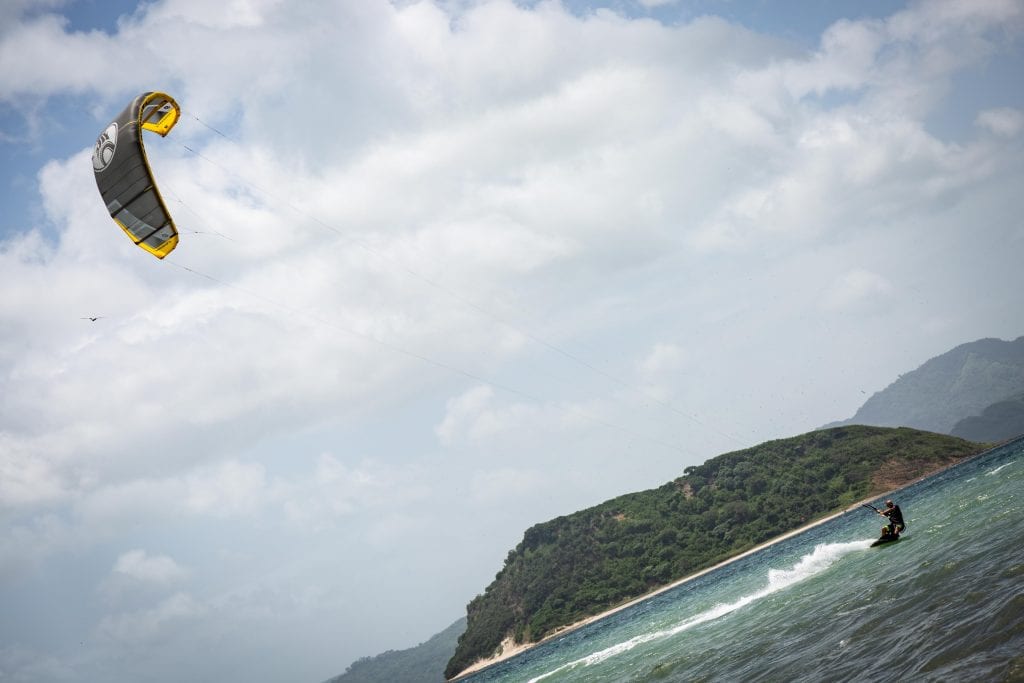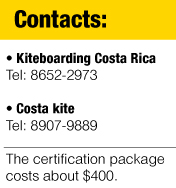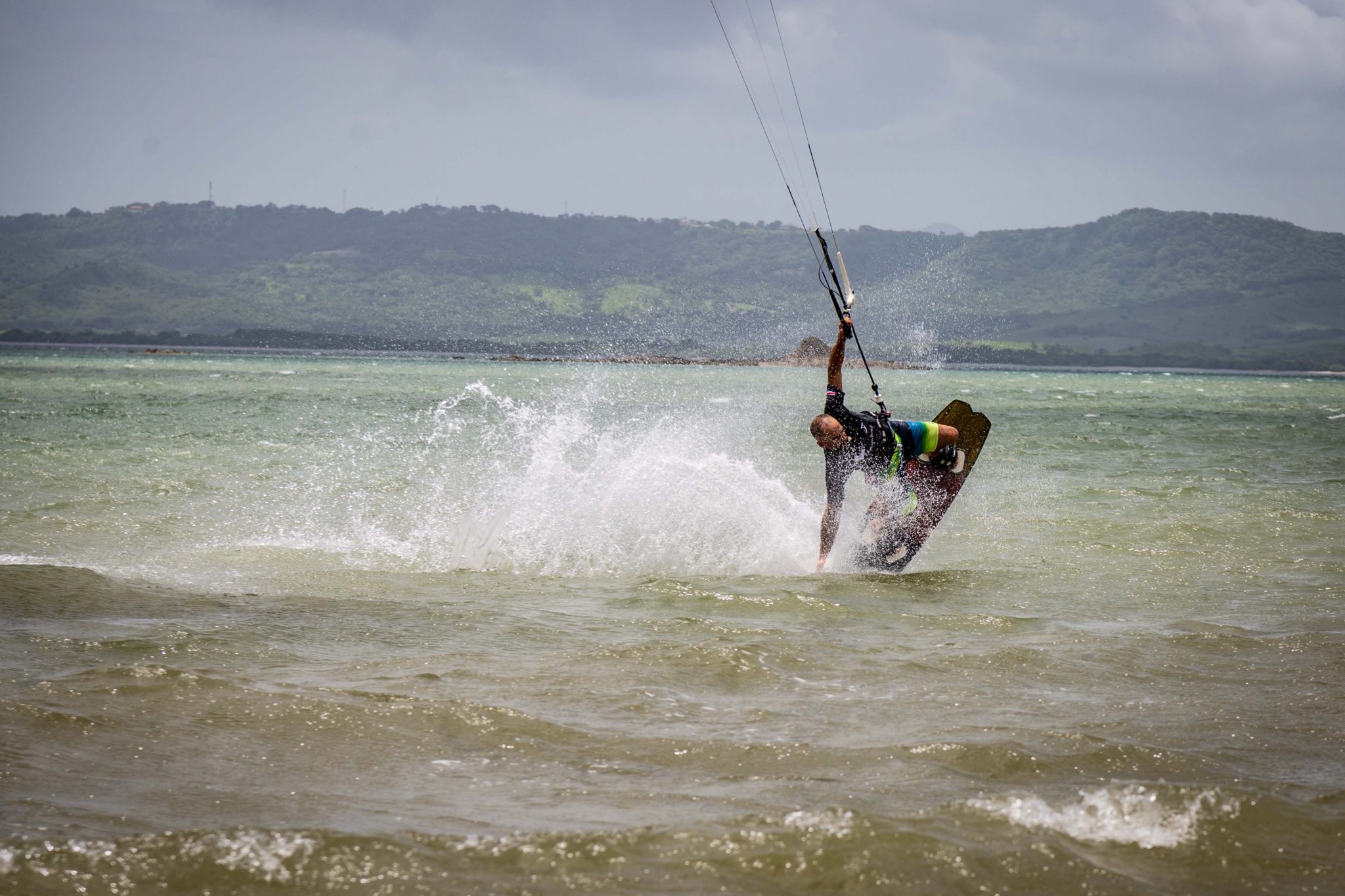
It’s almost 11 a.m. on Copal beach in La Cruz, Guanacaste. No one is along the 500 meters of coast, just wind blowing the sand, hitting the body like needles.
On this almost deserted beach, there is wind 200 days a year. The gusts, at times, reach over 100 kilometers per hour. This makes it ideal for the extreme sport of kitesurf.
This sport uses wind to move a kite attached to your body with a harness while the feet are attached to a board so you can surf the waves.
We aren’t going to lie. We reached La Cruz with the idea of taking a class and jumping in the sea as quickly as possible, but found that it takes time to learn and requires practice, which we didn’t have.
So we learned all we could about the theory and we made a promise to come back.
The good thing is that those of us who live in Nicoya are only two hours away from what instructor Damien Cordier calls “the capital of wind” since there is no other beach in the country that has wind almost every day of the year, an indispensable requirement for kitesurf.
Despite the bay’s gentleness, Cordier says that the destination is still not well known internationally, even though he thinks more people are discovering La Cruz, which he thinks will make it a stand-out global location to do this sport, competing with other places like Brazil and Indonesia.
For example, he says in 2009 his kitesurfing school had mostly foreign students from the U.S. Today, he receives visitors from Canada, Holland and Switzerland.

In order to do the sport for the first time, it’s recommended to take several trial classes (a minimum of 10 hours) in order to reduce the risk of suffering accidents.
For all, but…
Cordier says it’s ideal to have 10 hours of practice with an instructor before kitesurf alone. The sport, according to him, is for everyone ages six and beyond.
“It’s hard to assimilate to all the instructions at first,” says the instructor, who arrived in Costa Rica in 2002 and has kitesurfed for nine years, teaching it almost daily.
The first part of the class is about the characteristics of the board, the kite and the wind along the beach. During our lesson, Cordier explained that there are different sizes of kites to adapt to the experience each person is seeking. For example, the bigger the kite the faster you go.
Sitting on the beach, the instructor explains all the pieces of equipment. He puts a harness around our waists with a buckle holding four thin cables that measure 22 meters and attach us to the kite to give direction.
The wind is so strong that the first few maneuvers are difficult and they pull us and lift us easily off the ground.
The movements to steer the kite must be subtle. Right, left, up and down. It seems simple, but because of our inexperience it’s easy to use more force than necessary. When that happens, you are lifted off the water or the ground and land a few meters ahead.
After the course to get certified as a beginner in the sport, the following step is to stand up on the sand and steer the kite in the air. Coordination and concentration are key.
You must take 6 hours of class before jumping in the water and, at first, an instructor must accompany you in the sea.
Knowing how to swim is not a requirement, but it is recommended. “What you can’t be is afraid,” Cordier says while he gets ready to give us a demonstration.
He lifts the kite into the air, steers the cables from the sand, stands up and in two hops reaches the sea, pulled by the kite. It all seems so simple and effortless with basic techniques.
He then does jumps, spins and pirouettes. He is lifted 10 meters, falls and continues on.
He gets out of the water and smiles. “It’s not that hard. Did you see?”








Comments